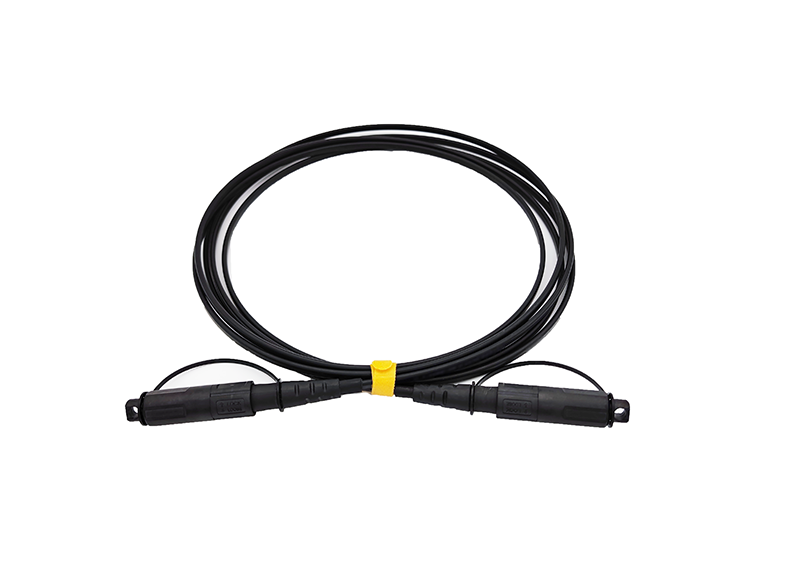The actual application of optical fiber in various optical networks determines the requirements of optical fiber technical performance. For short -distance light transmission networks, the focus is on the multi -mode fiber suitable for laser transmission and wider mode bandwidth to support larger serial signal information transmission capacity. The following is the current three common network technology introduction:

1: FDDI/CDDI (optical fiber/copper line distributed data interface)
This is a mature, non -carrier listening, 100M bandwidth sharing network technology. The token transmission service strategy is adopted. There is a main ring and a subril between network devices. When there is a failure of network lines or network devices, it has a strong self -reconstruction ability. At the same time, its station management (SMT) function is very powerful, suitable for the main network. However, its technical difficulty, expensive price, and poor scalability are not compatible with ATM.
2: ATM (asynchronous transmission mode)
This is an advanced asynchronous mode based on optical fiber transmission system, application of statistical reuse technology, and adopting SMS exchange technology. It directly supports multimedia transmission such as data, video, audio and other multimedia. The rate is quite fast (reached 155m, 622m). Due to the use of asynchronous mode, the total efficiency is quite high, which is more suitable for the main grid. However, it is still a controversial technology. Many standards are yet to be improved. The interoperability and universality between different manufacturers' products need to be further improved.
3: FASTTHERNET (fast Ethernet)
The current high-speed Ethernet technology generally includes two types: 100mvg-yanlan and 100M-T. The main talk about the latter-fast exchange Ethernet. Although 100mag-onylan provides multimedia functions, its compatibility, high price, and high complexity are not considered here. 100Base-T is a improved variant of 10Base-T. On the basis of the original basis, it uses the grid to divide into several network segments, segment the conflict domain, and use buffer exchange to greatly improve the transmission rate and transmission efficiency of the grid.
Quick Ethernet has practical (compatible with the original Ethernet, rich software, hardware), advanced (fast-100Mbps), easy upgrade (convenient conversion to ATM or faster grid), good scalability (through interconnected devices , Switch, router is easy to expand), good openness (open software and hardware protocol), cheap prices (compared to ATM, FDDI), many manufacturers support (get Intel, Sun, 3COM, BAY, ACCTON and other companies) Features. For multimedia grid applications, fast Ethernet can also meet the requirements well.










